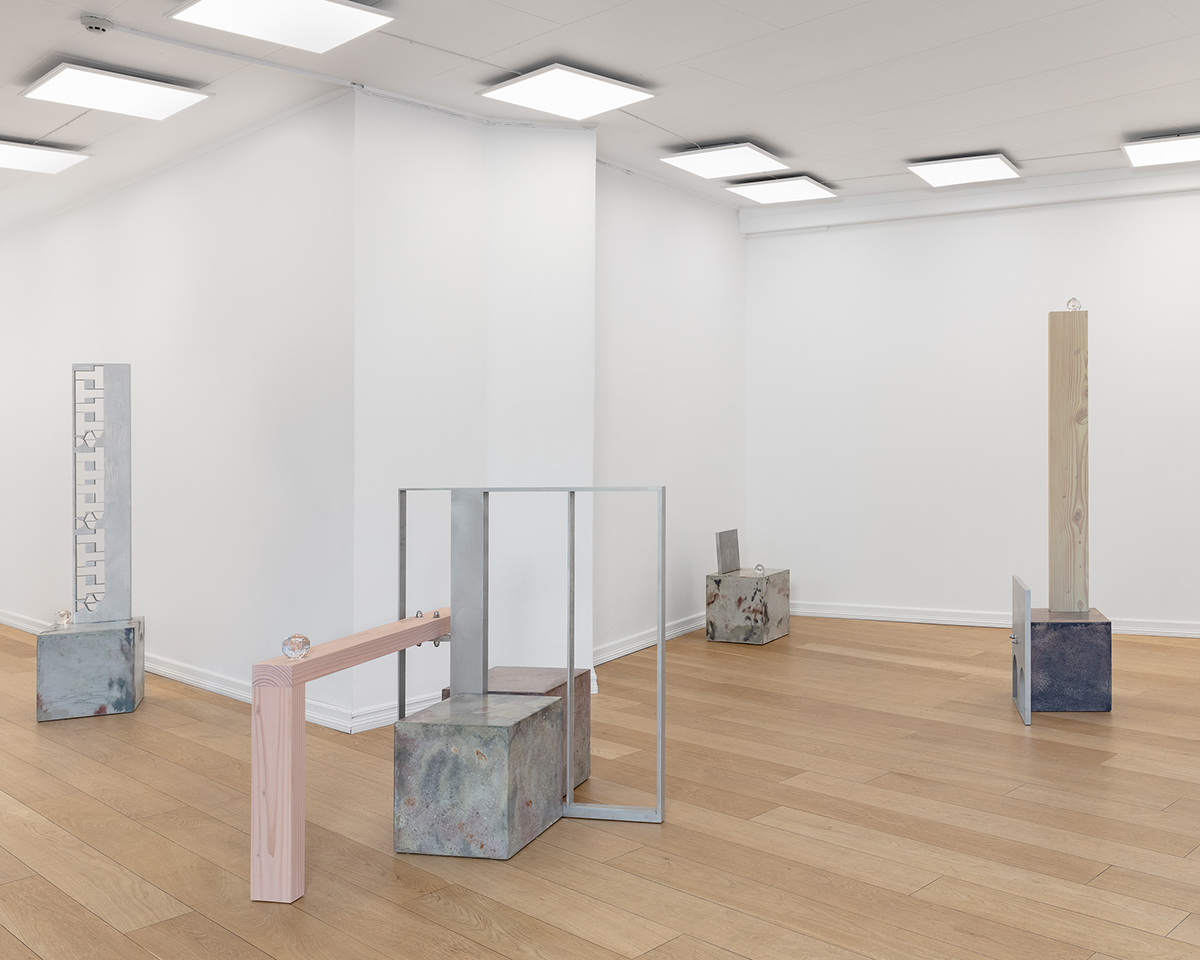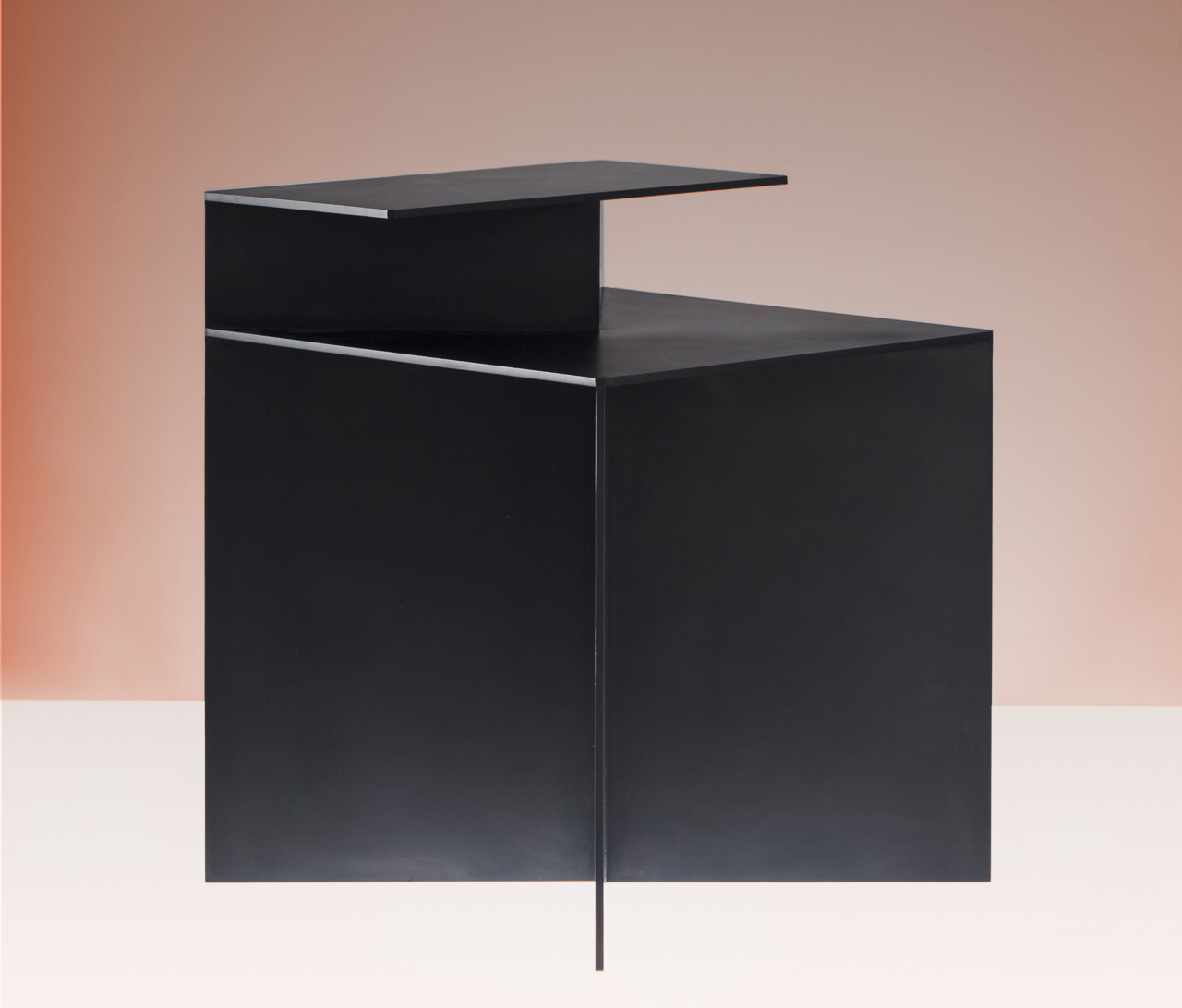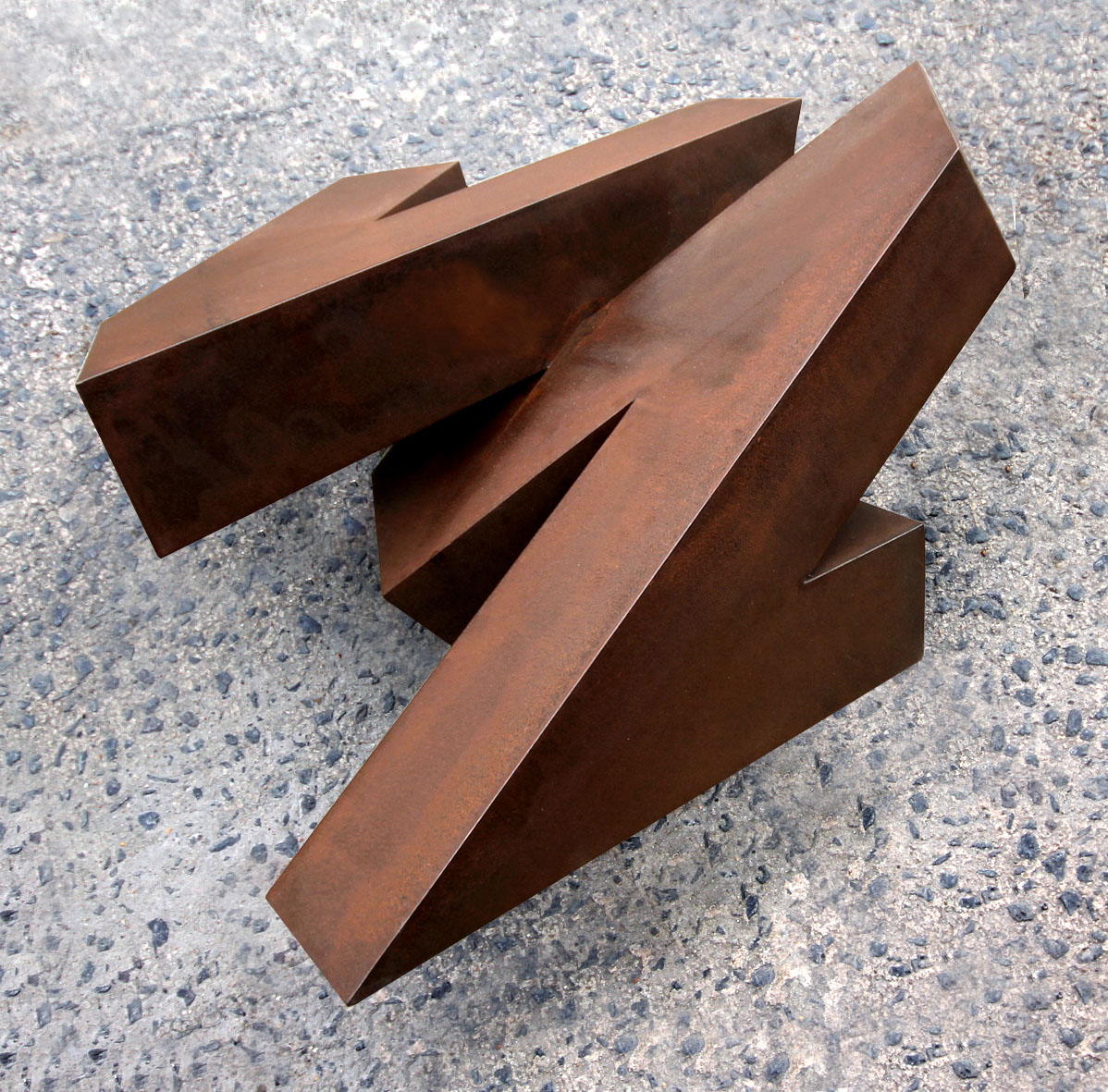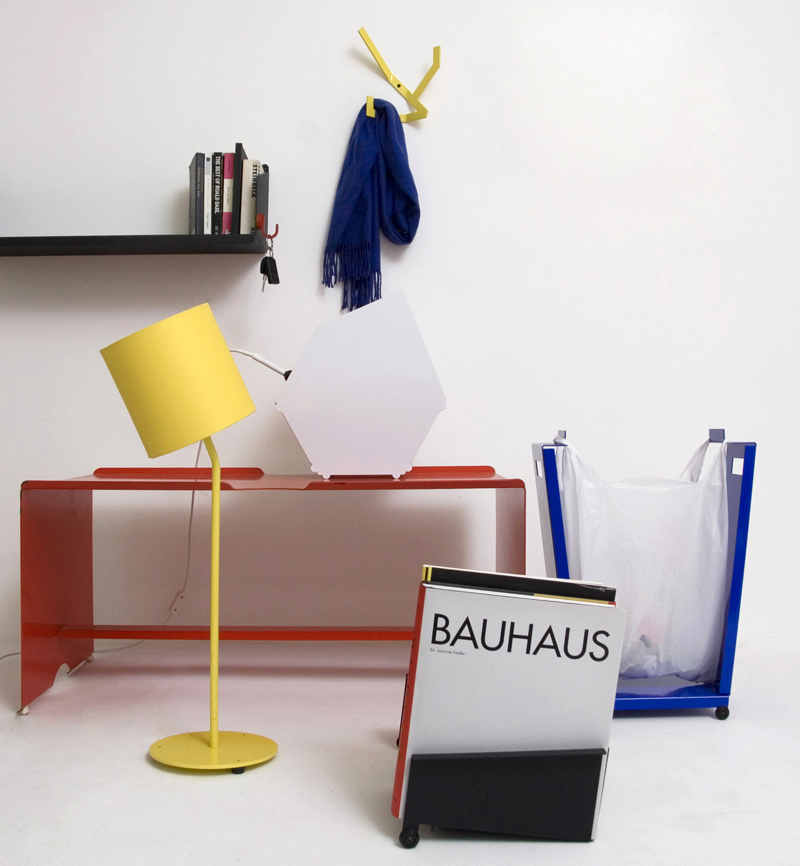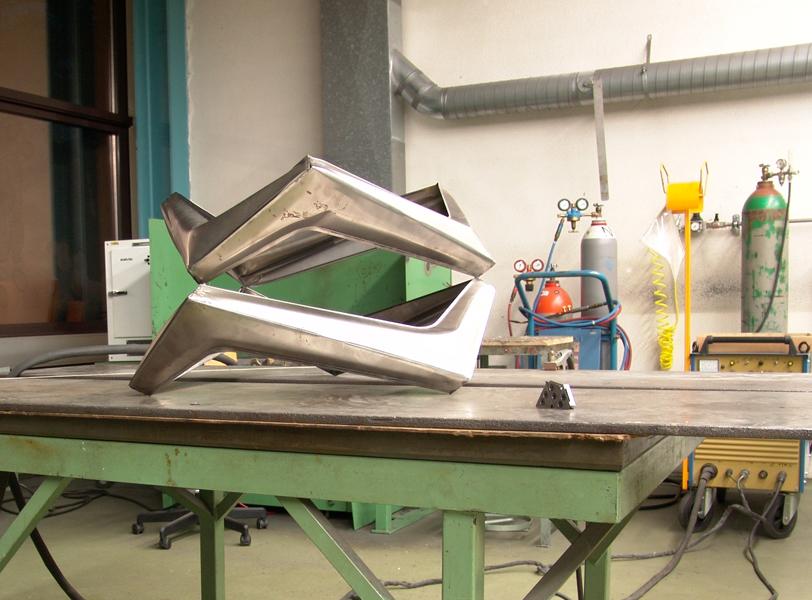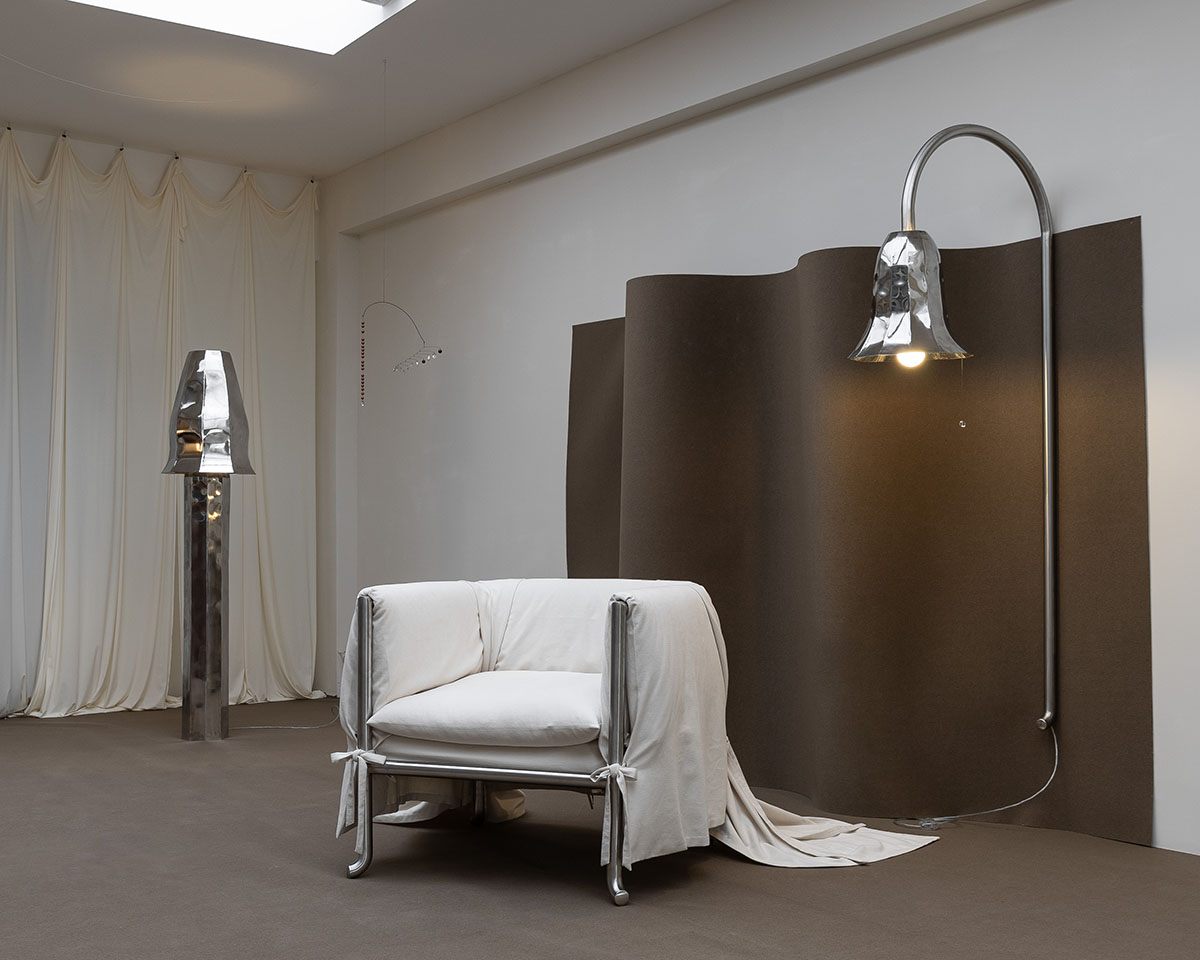
04.23.24
Excerpt: Exhibition
An All-Female Welding Team Built Studio Kuhlmann’s Gorgeous, Stainless Steel Ode to Lucid Dreaming
Lucid Dreams, the new solo show from German designer and welder Hannah Kuhlmann, is an ode to unconscious depths, afternoon naps, and theta state reverie. On view at St Vincents gallery in Antwerp through mid-May, these pieces evoke an atmosphere somewhere between illusion and reality, following a kind of dream logic where the unexpected is encountered and absorbed. Lucid dreaming, after all, is when you realize you’re dreaming in your dream. “I wanted to capture the essence of those moments of heightened awareness within our subconscious,” Kuhlmann says. “The title Lucid Dreams speaks to the surreal experience of being both asleep and awake, where the mind wanders freely and perceptions shift.”
